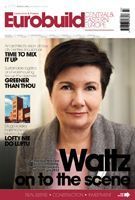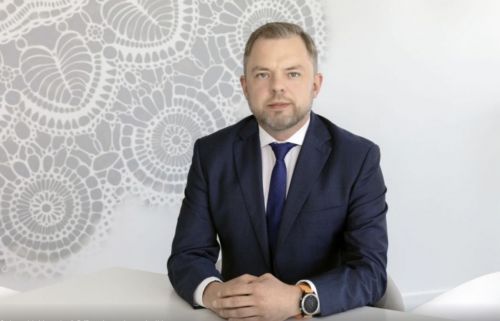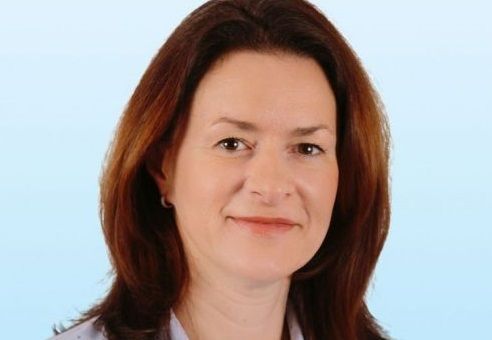As more investors are discovering the potential of the Bulgarian market, land prices are scaling new heights. Given the scarce supply of sites for development, ‘Eurobuild CEE’ wonders whether this is going to scare investors away When it comes to developing an office building, the main question is, “Is it possible to find a plot in the Central Business District at all?” The answer is yes, but there are a few obstacles to over come. The first one is the limited supply of attractive sites in the downtown area of Sofia, which is why new record land prices are being reached. For those of you who have been to Sofia there is no need to explain why this is the case: the tiny streets in the downtown, the pre-war historical buildings, the enormous problems with a lack of parking spaces and the general feeling of overcrowding, all combine to produce limited opportunities for large-scale office developments. Welcome to SofiaThe few sites that are suitable for off






























































